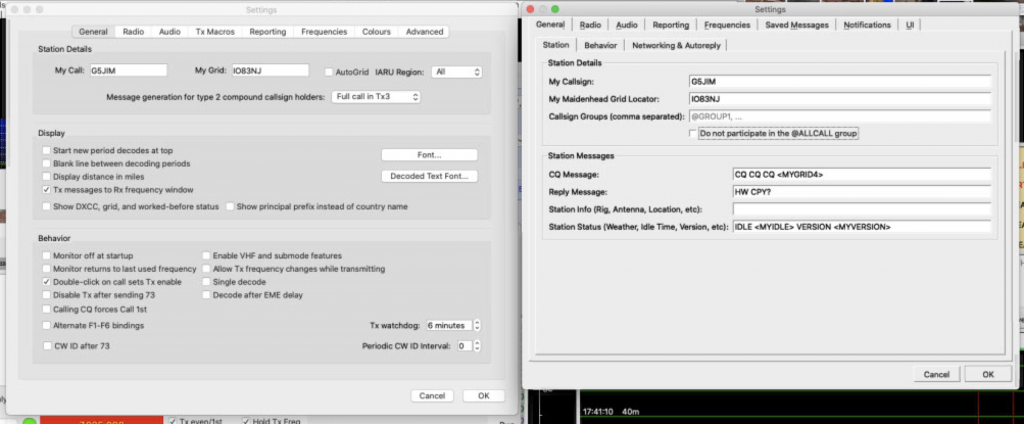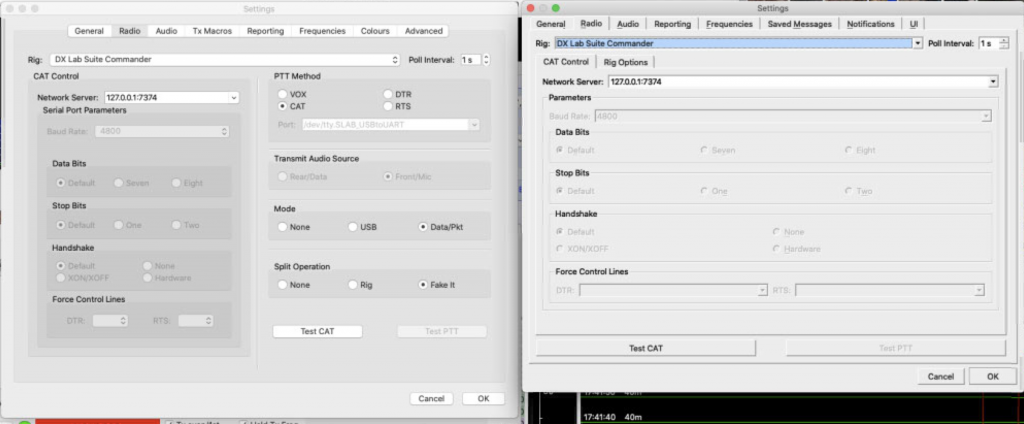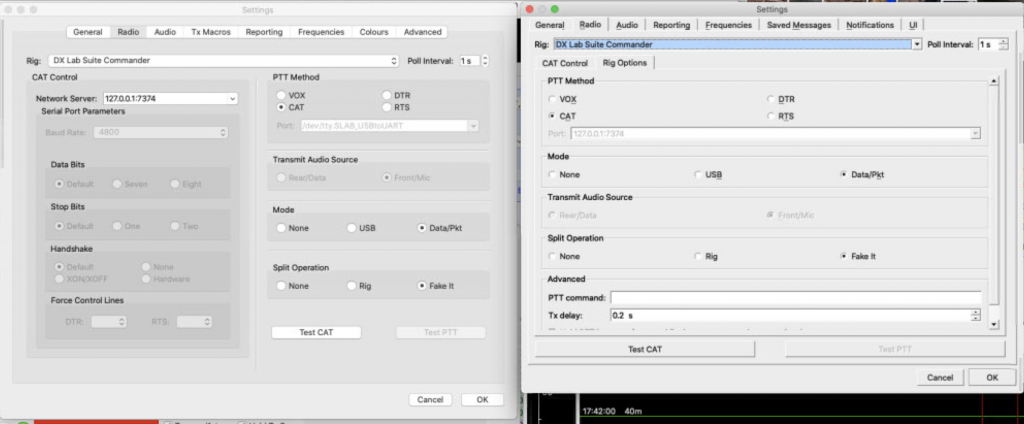So a little more about JS8Call, as I mentioned in the previous post the JS8Call software is derived from WSJT-X which most radio amateurs have used, most likely extensively. On top of the JS8 modulation JS8Call is a “directed calling” protocol to allow freeform messages to be sent and received. The messages are sent in blocks similar to the FT8 15 second send receive cycle however rather than a (semi) automated send receive in even and odd time slots you can send as much text as you like, the remote operator can then respond likewise.
In addition to the freeform messages there are a number of other interesting features within JS8Call which I’ll come on to in a future post.
How fast can JS8Call transmit?
JS8 uses similar transmission cycles to FT8 but has variable encoding, so some characters take longer to transmit than others, and there are currently (as of v2.1) 4 different speeds (this is from the documentation, see the latest documentation on http://js8call.com):
- Slow – 30 second frames – 25Hz bandwidth – around 8WPM decoded down to -28dB
- Normal – 15 second frames – 50Hz bandwidth – around 16WPM decoded down to -24dB
- Fast – 10 second frames – 80Hz bandwidth – around 24WPM decoded down to -20dB
- Turbo – 6 second frames – 160Hz bandwidth – around 40WPM decoded down to -18dB
The software will show you the average WPM of any message, I believe that the above WPM are taken from the classic PARIS calculation used in CW.



